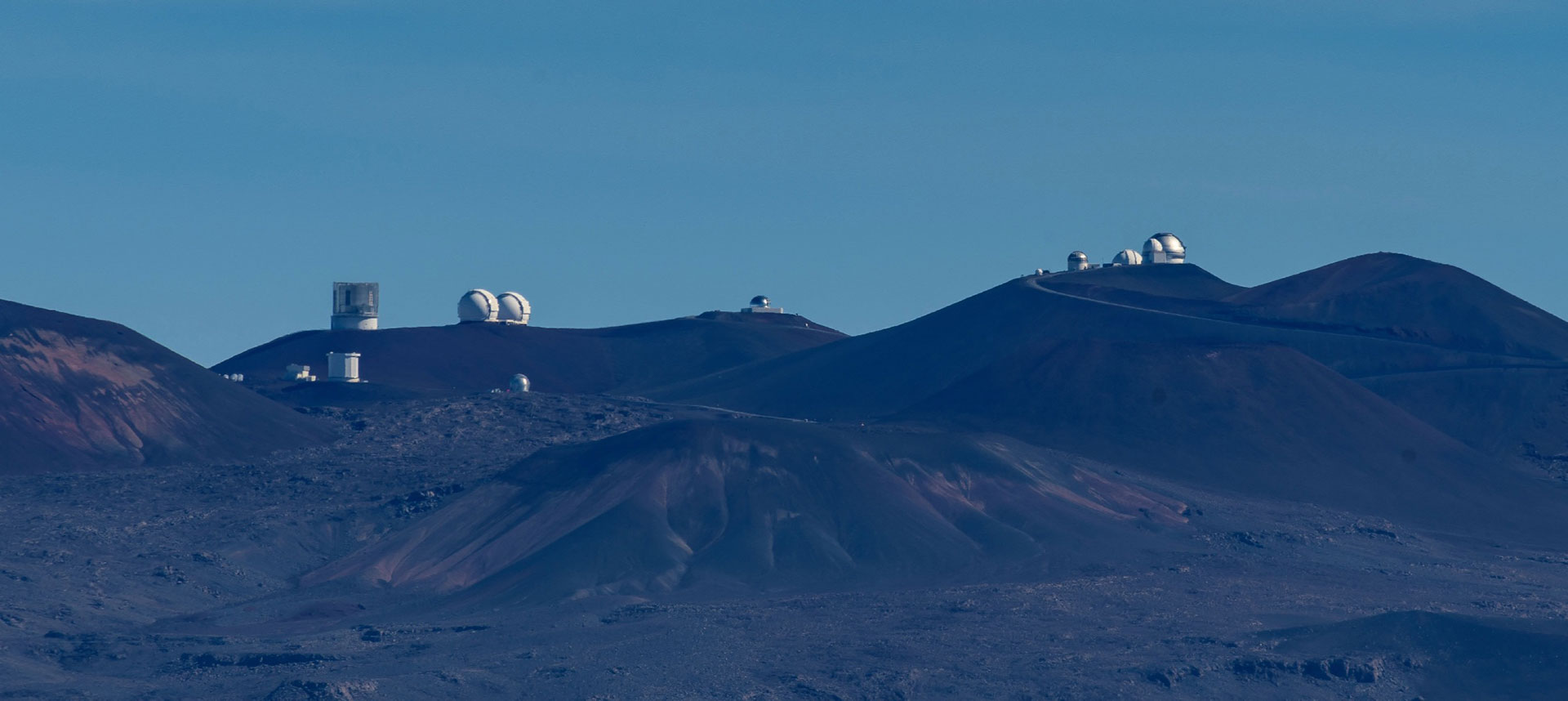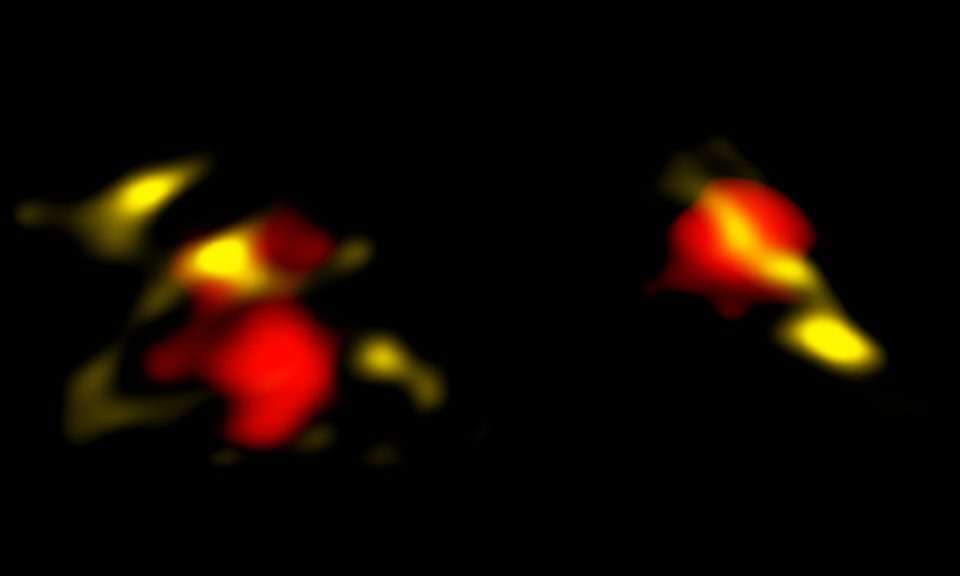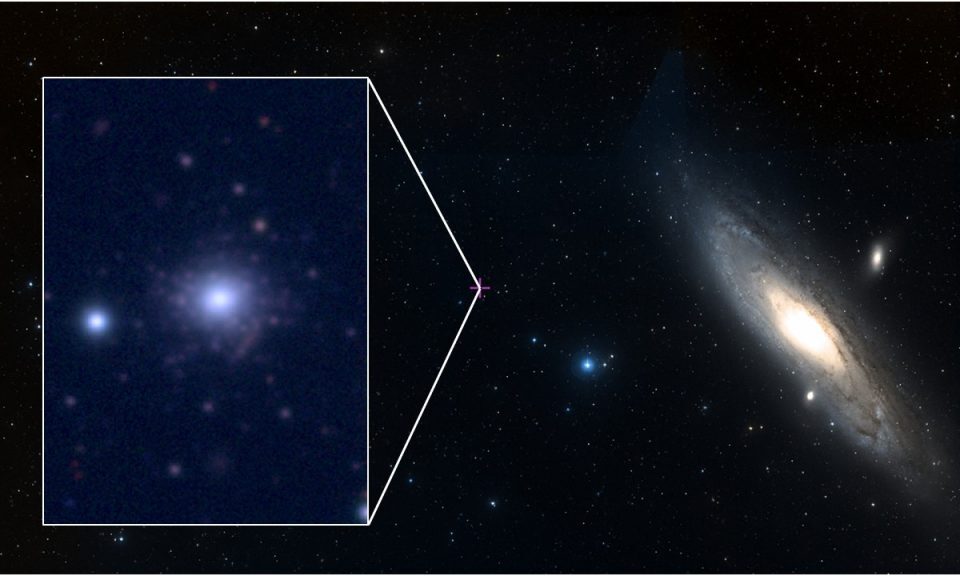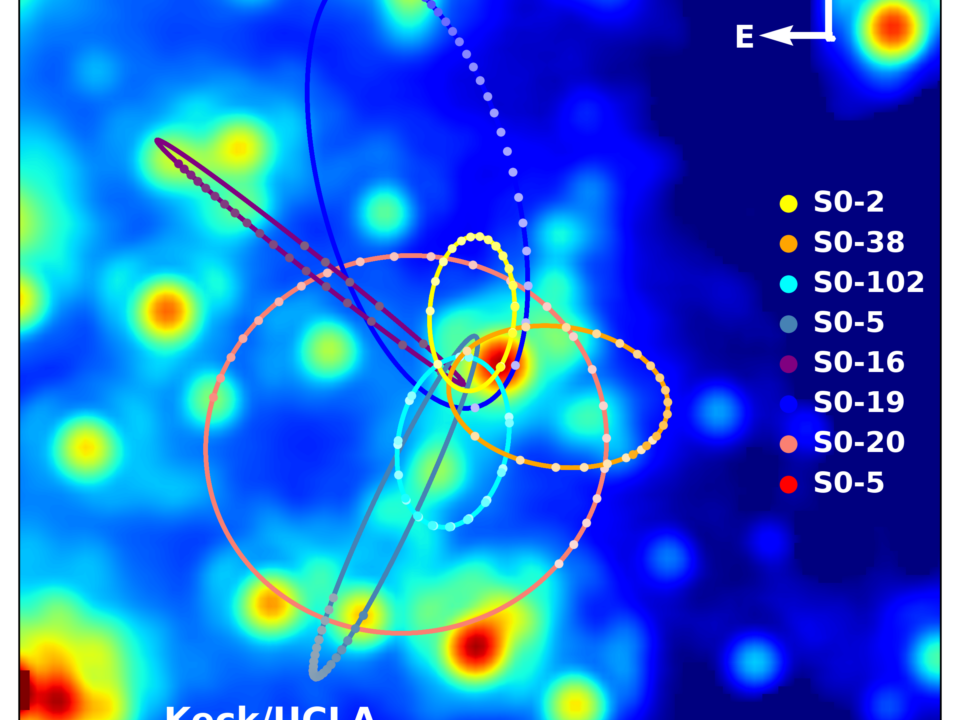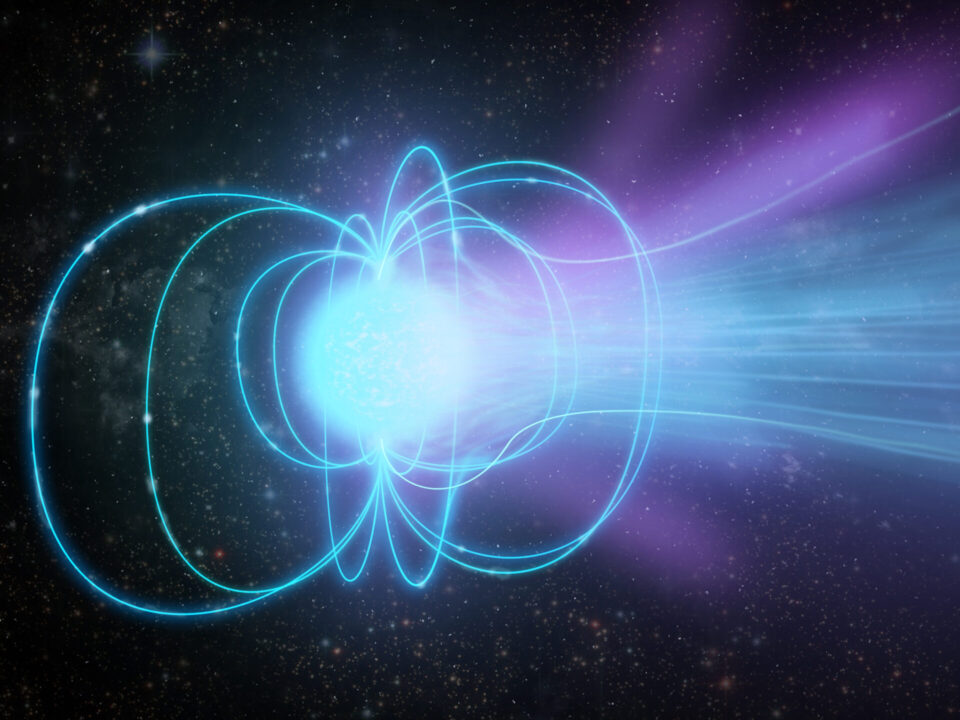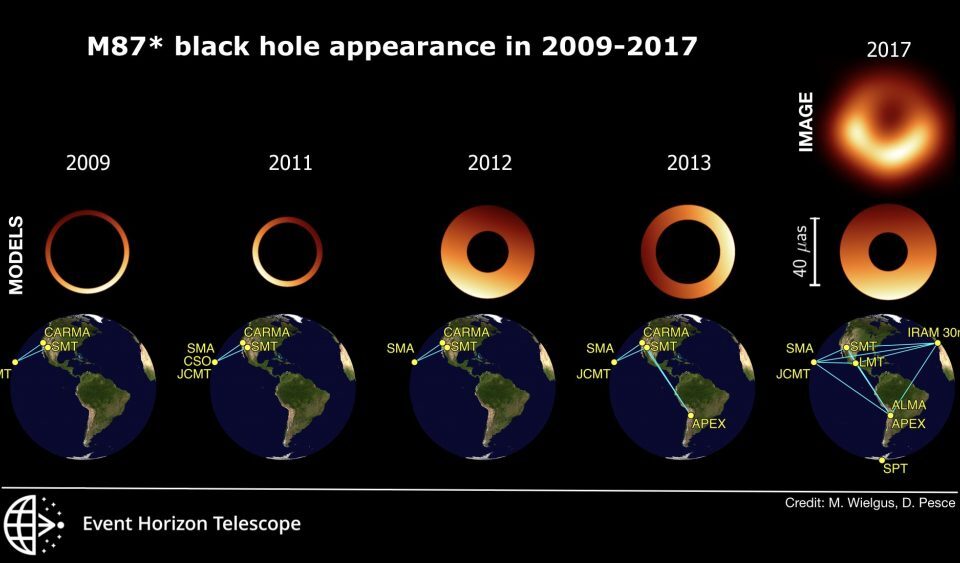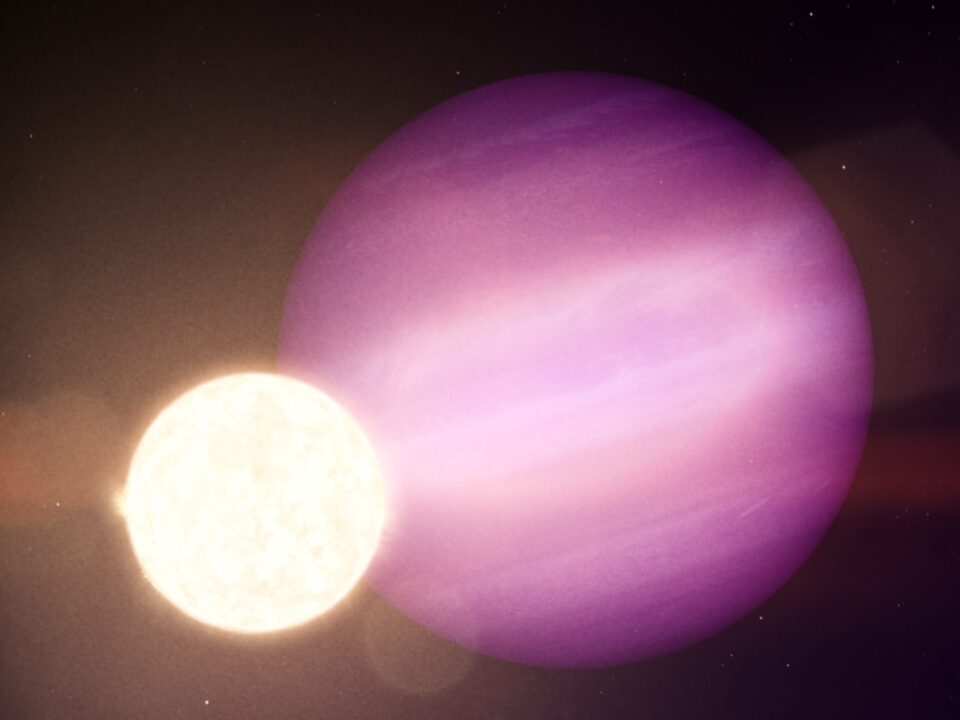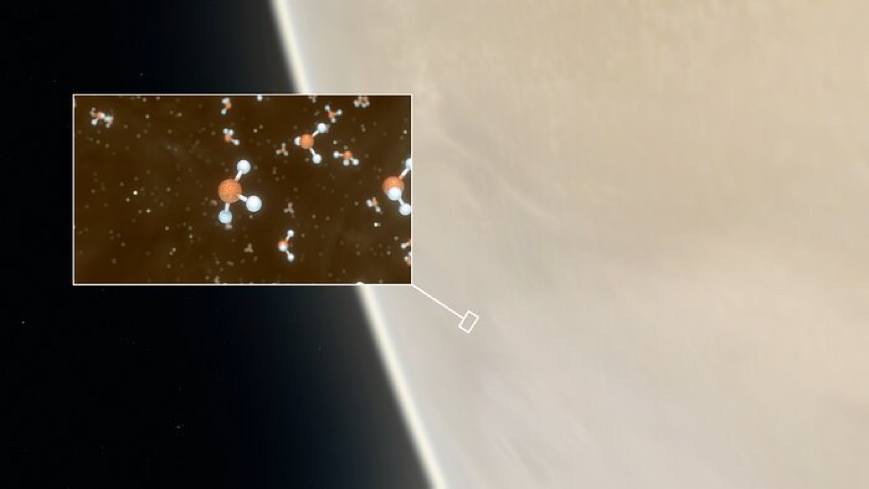the latest news from the maunakea observatories
Sign up for our newsletter, so you won’t miss a single update.
Andrea Ghez Wins Nobel Prize In Physics
Dr. Andrea Ghez, an astrophysicist at UCLA who has been observing the Galactic Center from Maunakea for over two decades, has won the 2020 Nobel Prize in Physics. She is honored for her pioneering work using W. M. Keck Observatory to provide conclusive experimental evidence of a supermassive black hole with the mass of four million suns residing at the center of our Milky Way galaxy.
October 21, 2020
Two Maunakea telescopes (Keck and the Canada-France-Hawaii Telescope) have found a globular star cluster in the nearby Andromeda Galaxy that contains a record-breaking small amount of heavier elements like iron. This finding poses questions about how star-dense globular clusters could have formed in the early Universe. A globular star cluster is a large, dense collection of thousands to millions of […]
October 12, 2020
Dr. Andrea Ghez, an astrophysicist at UCLA who has been observing the Galactic Center from Maunakea for over two decades, has won the 2020 Nobel Prize in Physics. She is honored for her pioneering work using W. M. Keck Observatory to provide conclusive experimental evidence of a supermassive black hole with the mass of four million suns residing at the […]
September 29, 2020
Astronomers using the Very Long Baseline Array (which includes an antenna on the slopes of Maunakea) have made the first measurement of the distance to a magnetar within our Milky Way Galaxy. Magnetars are a special type of neutron star, the superdense remains of massive stars that exploded as supernovae, with magnetic fields a trillion times stronger than those of […]
September 25, 2020
In April 2019, the Event Horizon Telescope produced the first-ever image of a black hole. The object, located in the center of the galaxy M87, was given the Hawai`ian name of Pōwehi. Its image appeared as a ring with a bright crescent edge, produced by photons orbiting around the black hole. To make these images, this unique telescope uses a […]
September 17, 2020
Foretelling one possible (distant!) future for our own Solar System, a giant exoplanet has been discovered orbiting close to a white dwarf star. This discovery shows that it is possible for Jupiter-sized planets to survive their star’s demise and settle into close orbits around the remaining stellar ember, near the habitable zone. Read more, in the Gemini Observatory press release.
September 14, 2020
JCMT finds hints of life on Venus Press Release The Science Explained FAQs An international team of researchers using the JCMT in Hawaii have discovered the biomarker phosphine in the cloud of Venus. Follow up observations from ALMA confirmed the detection of phosphine in the mid-latitude cloud decks on Venus, where pressures and temperatures are more conducive to life on […]
September 14, 2020
JCMT finds hints of life on Venus Press Release The Science Explained FAQs Phosphine is an example of a “biomarker”: a molecule that may indicate the presence of life. On the Earth, phosphine is only known to be produced by industrial processes or by microbial life that thrives in oxygen-free environments. Recently, phosphine has been detected in the atmosphere of […]
September 14, 2020
JCMT finds hints of life on Venus Press Release The Science Explained FAQs What has been discovered? A molecule called phosphine has been detected in the atmosphere of Venus. Why is it interesting? The amount of phosphine that has been detected is relatively large. On Earth, phosphine can result from natural processes such as lightning and volcanic activity, but only […]


